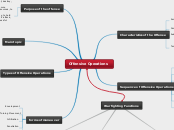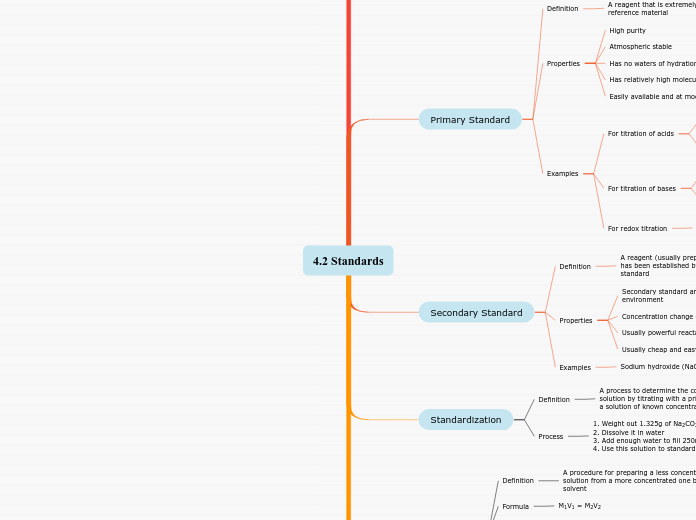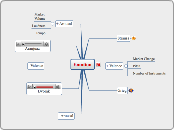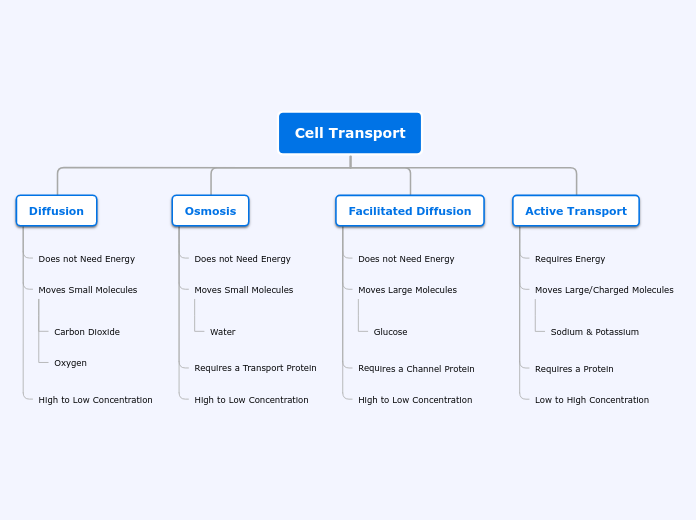Warfighting Functions
Close with & destroy the enemy.
Maneuver requires a base-of-fire element to suppress or destroy enemy forces with accurate direct fires and bounding elements to gain positional advantage over the enemy. When effectively executed, maneuver leaves enemy elements vulnerable by forcing them to fight in at least two directions, robbing them of initiative, and ultimately limiting their tactical options.
Fires
Leaders conduct fire planning to suppress, isolate, obscure, neutralize, destroy, deceive, or disrupt known, likely, or suspected targets, and to support the actions of the maneuver element
Fire Control Principles
Mass the effects of fires, destroy greatest threat first, avoid target overkill, minimize friendly exposure, plan and implement fratricide and CIVCAS avoidance measures, plan for limited VIS, develop contingencies for limited or diminished capabilities.
M203, Mortars, Artillery, CAS, NAVAL GUN
Fire Control: Oral
Intelligence
Offensive Operations
forms of maneuver
Frontal Attack
Seeks to destroy enemy force (weaker) least desirable
Penetration
Infiltration
Turning Movement
RISK
Envelopment
Types of Offensive Operations
Pursuit
designed to catch or cut off a hostile force attempting to escape, with the aim of destroying it
Exploitation
follows the conduct of a successful attack and is
designed to disorganize the enemy in depth.
Attack
destroys or defeats enemy forces, seizes and secures terrain,
or both
hasty, deliberate, special purpose
Subtopic
hasty
Special Purpose: spoiling, raid, ambush, feint, demonstration, counterattack
Movement to contact
designed to develop the situation and to establish or
regain contact
Main topic
Purpose of the offense
The main purpose of the offense is to defeat, destroy, or neutralize the enemy force. Additionally,
commanders conduct offensive tasks to secure decisive terrain, to deprive the enemy of resources, to gain
information, to deceive and divert the enemy, to hold the enemy in position, to disrupt the enemy’s attack,
and to set up the conditions for future successful operations
Sequence of Offensive Operations
Consolidation & re-org
Assault
Deployment
Maneuver
Movement to the line of depature
Recon
Assembly Area
Characteristics of the Offense
Tempo
At the operational level, a faster
tempo allows attackers to disrupt enemy defensive plans by achieving results quicker than the enemy can respond. At the tactical level, a faster tempo allows attackers to quickly penetrate barriers and defenses and
destroy enemy forces in depth before they can react.
Audacity
developing bold plans that produce decisive results
Concentration
massing overwhelming of effects of combat power
Surprise
by attacking the enemy at a time or place the enemy
does not expect or in a manner that the enemy is unprepared for









